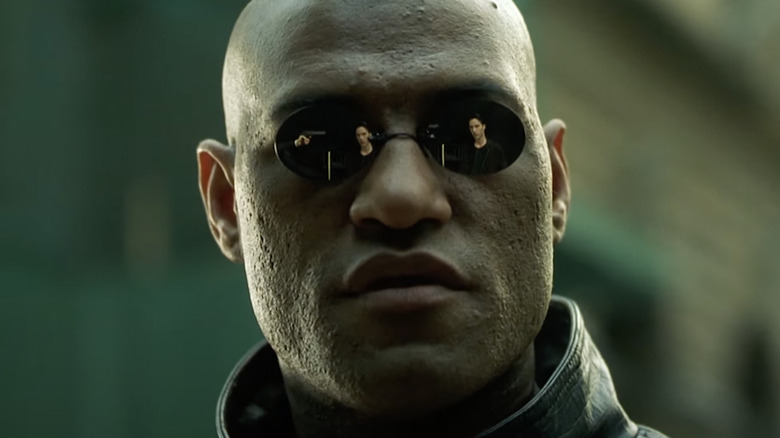Like many others who are younger than the film, my first exposure to “The Matrix” was through my father. I always knew “The Matrix” as that cool movie with a rebel group of slow-motion bullet dodgers. Revisiting the film in theaters for its 25th anniversary, I got a much better sense of what “The Matrix” means for the 21st century and how it continues to inspire today.
Much has been said about “The Matrix’s” philosophical themes, namely issues of representation and reality. Additionally, the film’s pop culture impact is immense — from action-movie tropes to fashion. Less talked about is “The Matrix’s” demonstration of key aspects of activist organizing.
There are two central characters, Neo and Morpheus. It is Morpheus’s job to find “The One” who can fulfill the prophecy by freeing humanity from the Matrix. Morpheus believes Neo is “The One”, but it is Morpheus’ duty to inspire Neo into action.
Morpheus begins with an introduction. Neo takes the red pill, meaning he wants to go with Morpheus to learn more about the struggle against the Matrix.
Morpheus agitates Neo by revealing the true horrors of the Matrix. Later, through a series of training sessions and obstacles, he strengthens Neo’s commitment to the cause.
Once Neo is sufficiently agitated into action, Morpheus builds urgency by taking Neo to “The Oracle” who — spoiler alert — tells Neo he is not “The One”. Morpheus still believes in Neo, but now it is Neo’s turn to put some faith into himself.
In the final moments of the film, Neo is pushed to the final step, placing his faith into the collective struggle against the Matrix and his own ability to act.
Beneath the far more complex themes that make “The Matrix” such a unique film is a rather simple lesson about building power in your community.


